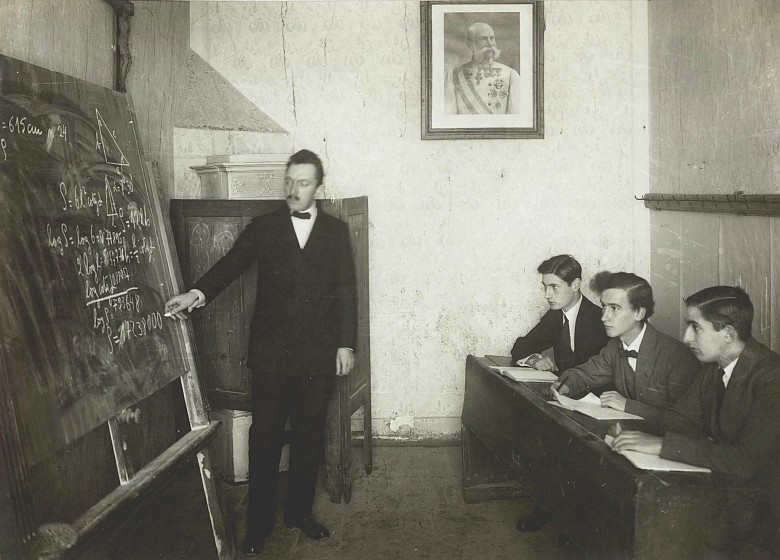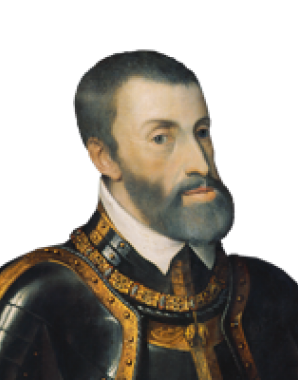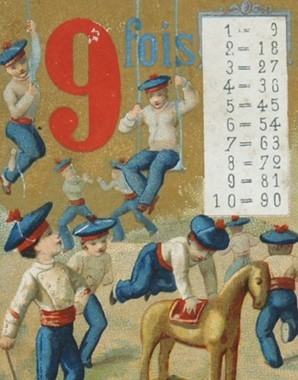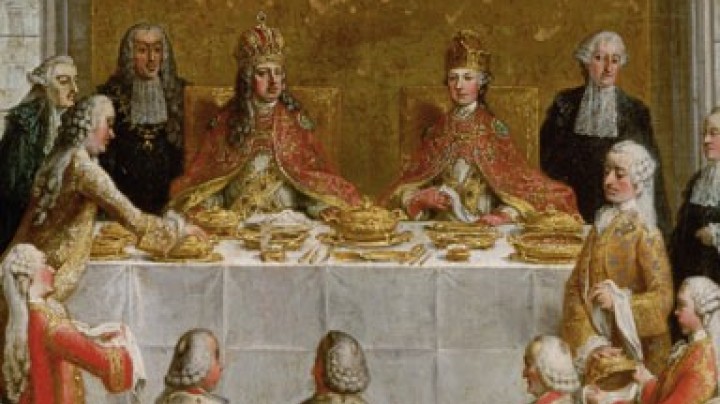The Emperor in the classroom
Today photographs of state governors and the Federal President are displayed in Austrian classrooms. In the Habsburg Monarchy during the nineteenth century the Emperor’s portrait was ubiquitous.
It was part of the canon of school education that one learned the Emperor’s titles by heart. Every pupil was expected to know that it went like this. This was the so-called ‘Grand Title’ of the Emperor, which – as one can see from the ‘etc’, following the places above – was only an abridged form. The February Patent of 1861 contains the full title of Emperor Franz Joseph, which covered no less than three pages and which was used after 1866.His Imperial and Royal Apostolic Majesty
Franz Joseph I
By the Grace of God Emperor of Austria
King of Hungary and Bohemia, of Dalmatia, Croatia, Slavonia, Galicia,
Lodomeria and Illyria;
King of Jerusalem, etc.,
Archduke of Austria,
Grand Duke of Tuscany and Cracow,
Duke of Lorraine, of Salzburg, Styria, Carinthia, Carniola and Bukovina;
Grand Prince of Transylvania, Margrave of Moravia;
Duke of Upper and Lower Silesia, of Modena, Parma, Piacenza and Guastalla, of
Auschwitz and Sator, of Teschen, Friuli, Ragusa and Zara,
Princely Count of Habsburg and Tyrol, of Kyburg, Gorizia and Gradisca;
Prince of Trento and Brixen;
Margrave of Upper and Lower Lusatia and Istria;
Count of Hohenembs, Feldkirch, Bregenz, Sonnenberg, etc.,
Lord of Trieste, of Cattaro and above the County of Windisch
Grand Voivode in the Voivodina of Serbia
Etc., etc.
It was part of the canon of school education that one learned the Emperor’s titles by heart.
The titles changed over the course of time according to the acquisition or loss of territories. Apart from the titles that demonstrated ownership, there were also several that were borne for historical reasons. Habsburg and Kyburg, for instance, related to the original property of the Habsburgs, which no longer belonged to their territory after the fifteenth century. ‘Archduke’ was the native title of all princes born to the House of Habsburg. The title ‘King of Jerusalem’ might seem rather strange. Already used by Charles V in 1520, it lent a religious dimension to the titles which otherwise related to regions and properties. In fact the designation ‘King of Jerusalem’ can be traced back to the Crusades (eleventh to thirteenth centuries), but the issue of its claim is confusing. Opaque inheritance and marriage policies justified the use of this disputed title at least for the Holy Roman Emperors.
The enormous power represented by the ‘Grand Title’ of the ruler was not exclusively derived from real claims but should also be understood symbolically, in keeping with the motto ‘grand titles for mighty rulers’. Depending on the degree of importance or urgency, every document from the ruler was furnished with the Grand, Middle or Lesser Title. The matter was somewhat simpler in a personal conversation with the Emperor: if Franz Joseph met another monarch of the same rank, he introduced himself simply with his given names – ‘Franz Joseph’. On encountering another sovereign of lower rank, then ‘Kaiser’ (emperor) was required before his given names.
















